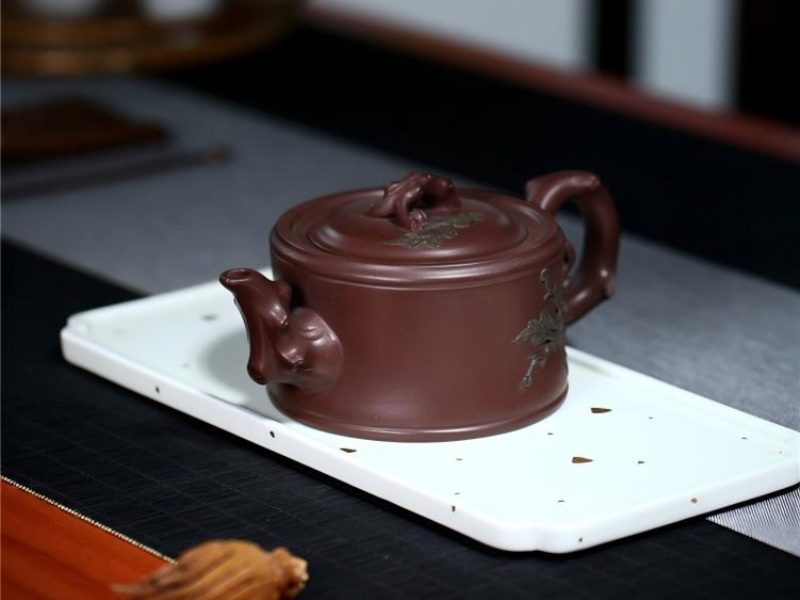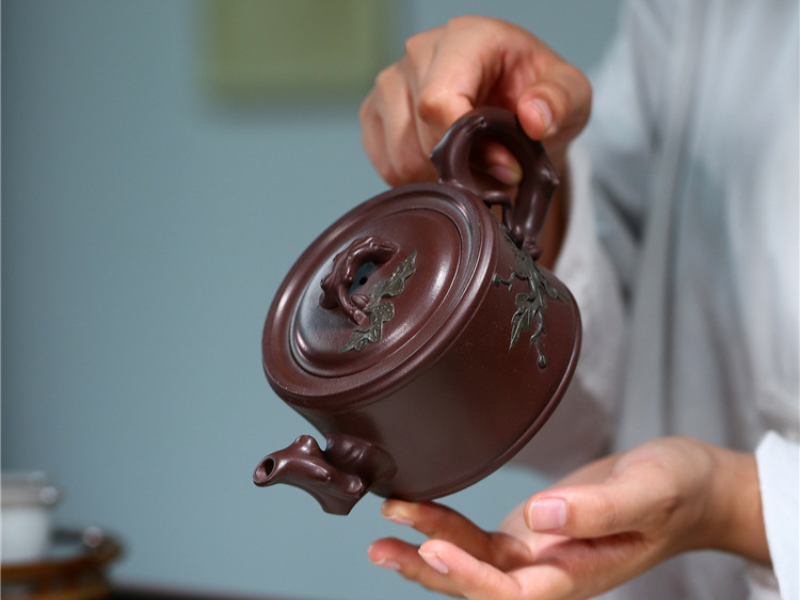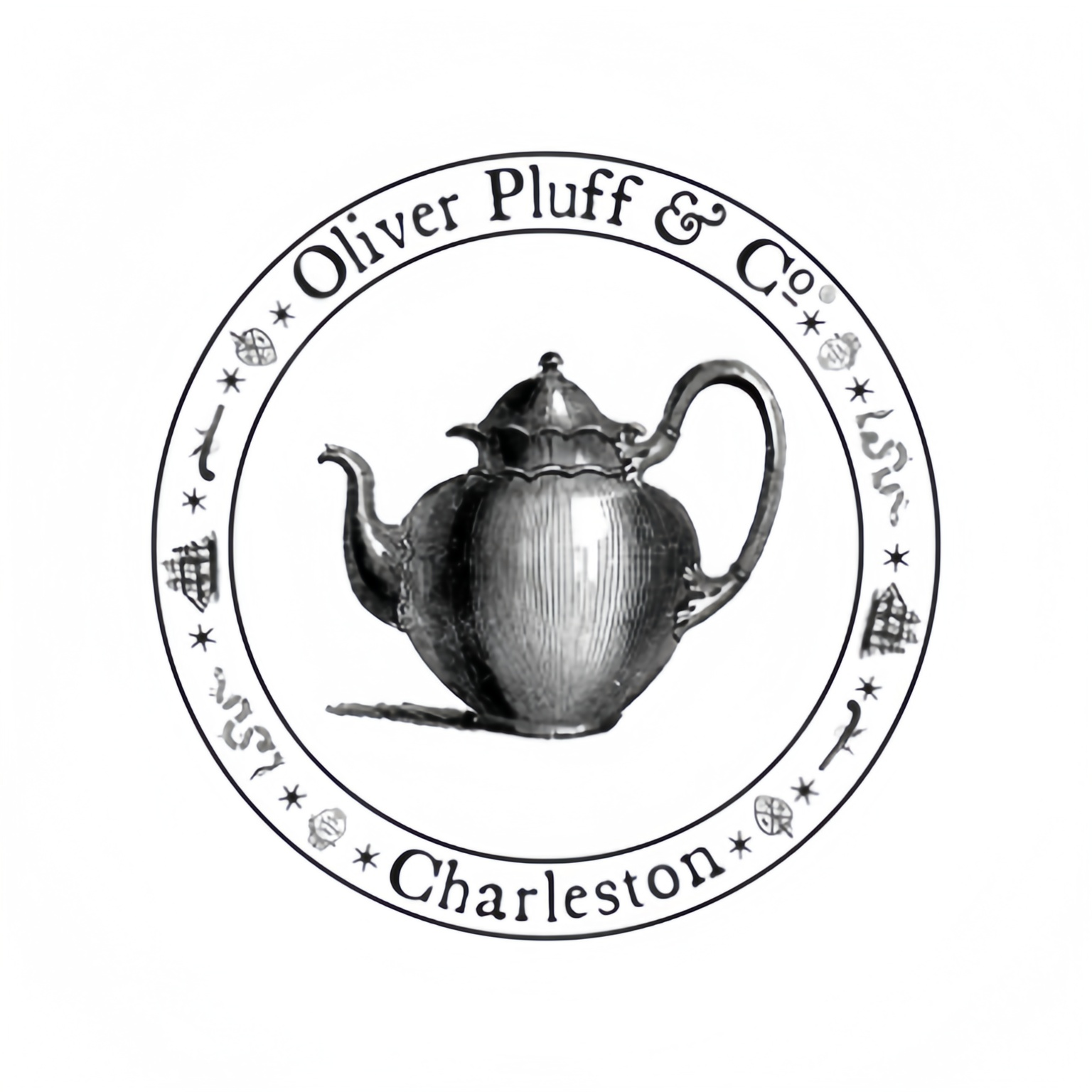What makes Yixing Teapots special
Yixing clay teapots, commonly referred to as Zisha teapots, are an essential aspect of traditional Chinese tea culture and ceremony. Owing to the special interplay between the clay and the tea, Yixing teapots are highly regarded in the tea industry.
Yixing teapots shape a crucial aspect of traditional Chinese tea culture and ceremony. Referred to as Zisha teapots, Yixing tea wares are produced from special Yixing clay from Yixing, Jiangsu Providence. This type of clay is abundant in mineral elements, such as kaolin, mica, and quartz. The clays are also highly regarded for their high iron oxide content.
What makes the Yixing teapot unique is the chemical composition and porosity of the clay. The clay used to form the teapot interacts with the tea, “breathing” in a way and improving the flavor and overall aroma of the tea with each use.
Apart from functionality, Yixing teapots are revered as art pieces and historical artifacts from the Song Dynasty (10th century). A Yixing clay teapot doesn’t just make a beautiful gift to tea connoisseurs, it’s also giving a gift of history, artistry and tradition, which adds layers of beauty into the enjoyment of brewing and drinking tea.
Application scenarios expansion
Which industries are relevant to this?
Yixing clay teapot is mainly related to tea industry and culture fields. It’s made in the tea towns in Yixing, Jiangsu Province.
Tea House and Café: They wish to offer customer a real Gong Fu tea experience. Most importantly, Yixing teapot can boost tea taste in customer’s mind.
Gift Shops and Culture Stores: They provide customer high-quality, traditional Chinese craft and culture products. Yixing teapot is in the gift list for its beauty and culture.
Hospitality Industry: Luxury hotels and resorts incorporate the tea for their premium tea services.
Art and Craft Galleries: These galleries highlight the artistic and craftsmanship involved in making these teapots.
Educational Institutions: used in courses on culture studies or culinary courses to explore East Asian traditions.
What do people ask?
Yixing teapots address three issues pertaining to the tea-drinking experience:
Improving the flavour of the tea: The porous nature of the clay allows the pot to absorb oils and aromas from the tea it brews, which gradually build up over time to create a seasoned surface that contributes to the depth of flavour of subsequent brews of the same type. This is particularly useful for Puer, black and oolong teas.
Retaining heat: Yixing clay retains heat well, which is important for brewing some types of tea at certain temperatures.
Offering an authentic experience: As the Yixing tea pot is a crucial component of the traditional Gong Fu tea ceremony, using this type of teapot allows for a more authentic and meditative tea-drinking occasion.
A Thoughtful Gift: A Yixing teapot makes a significant and treasured gift for the tea drinker or anyone interested in Chinese culture, and will be a much loved and useful possession for years to come.
Meeting the Need for Specialization: Many tea connoisseurs choose to dedicate a specific Yixing teapot to one type of tea, developing the seasoning in such a way as to improve the way that tea brews.

Frequently Asked Questions
Here are some common questions users have about Yixing clay teapots:
Yixing clay is a type of clay from the region near the city of Yixing in Jiangsu Province, China, used in Chinese ceramics since the Song dynasty (960–1279) when Yixing clay was first mined around China’s Lake Tai.
Yixing clay teapots are intended for seasoning or “opening” a new Yixing teapot normally involves rinsing it thoroughly with hot water, and then steeping it multiple times with the type of tea you intend to put in it. Some seasoned Yixing collectors still recommend boiling the teapot with tea leaves, but in any case a simpler method of repeated brewing and discarding of the type of tea that the pot will be brewed with is effective, and avoids cracking the teapot inadvertently. The idea is to brew and dump repeatedly until the pot no longer smelly sandy and the tea brewed in the pot tastes good…
Rinse the teapot with boiling water after every use This is important, as the porous nature of yixing pots causes them to absorb flavors and aromas from the leaves over time. This allows the teapot to develop a deep and rich flavor profile that complements the natural taste of the tea.
While you can brew any tea, Yixing teapots are traditionally best suited for Puer, black, and oolong teas. It’s highly recommended to dedicate one teapot to one type or category of tea (e.g., all raw Puer, all dark oolongs) to build up a consistent seasoning.
Authentic Yixing teapots are usually hand-made and not wheel-thrown, so you can look on the inside of the teapot for hand-building marks. The clay should have obvious small specs and imperfections (mica and iron spots) since the clay is natural and not purified. The surface feel should be a little sandy or gritty and not perfectly smooth like a glazed piece.
The main types of Yixing clay are zi ni (literally “purple clay”), zhu ni (literally “vermilion clay”), hong ni (“red clay”), duan ni (literally “fortified clay”, often yellow-beige) and lü ni (“green clay”). Each has slightly different properties and traditional pairings with different teas.
While mining from original prime locations were stopped by the Chinese government in 2005 in order to prevent depletion, Yixing clay still exists from other surrounding deposits. Depending on the origin, quality can differ, but overall clay from the Yixing region is highly regarded for teaware.
Since they are usually used to make tea using the Gong Fu method, Yixing teapots are usually smaller than their western counterparts so that more rounds of tea can be made with a limited amount of leaves. The practitioner may also choose to use a maximum amount of leaves to brew very potent infusions. Compared to brewing with a large teapot, a smaller teapot makes it easier to control the number of infusions. Smaller teapots are also more efficient for brewing small amounts of tea, where a large teapot might easily use an entire kettle of hot water in filling it just once.
Yixing teapots are made from Yixing clay. Yixing teapots absorb a tiny amount of the aroma and flavour of the tea that is brewed in them. Over time, Yixing teapots may develop a seasoning from repeated use, which is said to enhance the taste, quality, and smell of tea.
Selection Tips
Keep in mind the tea you drink most – If you usually drink only a single tea (say, Puer, or one type of oolong), it is likely that a Yixing pot dedicated to that tea is well worth purchasing.
Price – Prices cover a large range. Don’t purchase an expensive pot to start with. Purchase a cheaper, entry-level pot for your first Yixing teapot.
Clay – Search whether certain clays (Zi Ni, Zhu Ni, etc.) are traditionally matched to your preferred teas.
Craftsmanship – Handmade pots are generally more highly valued for craftsmanship and potential brewing qualities.
Size – Smaller pots are better for Gong Fu style brewing, especially if you are brewing for yourself. A larger pot can be used to serve others.
Actual cases/customer story
I do not have access to customer data or real cases. I can give examples of the benefits tea drinkers get from using Yixing teapots:
| Feature |
Yixing Clay Teapot |
Other Ceramic/Porcelain Teapots |
| Material |
Unique porous clay from Yixing, China. 1 |
Non-porous ceramic or porcelain. |
| Seasoning |
Absorbs tea flavors over time, enhancing taste. 4 |
Does not absorb flavors; maintains neutral taste. |
| Tea Pairing |
Best for Puer, black, and oolong teas. 4 Often dedicated to one tea type. 4 |
Suitable for all tea types; easy to switch teas. |
| Cleaning |
Rinse with hot water only; no soap. 4 |
Can be washed with soap and water. |
| Heat Retention |
Good heat retention. 1 |
Varies depending on material thickness. |
| Craftsmanship |
Often handmade using traditional techniques. 4 |
Can be handmade or mass-produced (wheel-thrown, slip-cast). 4 |
| Price |
Can range from affordable to very expensive (based on clay, artist, age). 4 |
Generally more affordable, though high-end options exist. |
| Aesthetics |
Earthy, natural look; develops a patina over time. 2 |
Wide range of colors, glazes, and designs. |
Data Source:
Evaluation based on ISO 14507:2018 (Ceramic and glass product standards) and Protected Geographical Indication (PGI) specifications for Yixing Zisha teapots from Jiangsu Province (http://www.cnipa.gov.cn/art/2020/7/1/art_2225_494.html).
Case Study Example: The Puer Drink
A tea drinker who specializes in aged Puer decides to purchase a good quality Zi Ni Yixing teapot. They brew tea from this pot exclusively, over many months of daily pu’er brewing, the pot absorbs some of the thick, earthy essence of their Puer. They find that tea brewed from the teapot gains a smoother mouthfeel, richer body, and stronger aroma compared to brewing the same tea in a porcelain gaiwan. Meanwhile, the teapot takes on a lustrous patina, imbued with the character of their tea. The gift of this seasoned pot to another Puer lover would be deeply meaningful, sharing not only the pot, but some of the benefit of its accumulated history in the enhanced taste of the tea brewed from it.
Case Study Example: The Gong Fu Tea Brewer
A gong fu tea ceremony student purchases a small Zhu Ni teapot for brewing high-mountain Oolong tea. The excellent heat retention of the Zhu Ni aids them in maintaining the proper water temperature, to bring out the thickest and strongest fragrance of their floral and creamy Oolong. The small volume of the pot is also suited for the short steeping sessions of Gong Fu brewing, helping them to better appreciate their tea’s subtle taste change over multiple rapid infusions. The tactile sense of holding the teapot, feeling its warmth, and joying in its visual beauty, becomes part of their focused tea-time imbued with a sense of ritual.
These examples highlight the value of Yixing teapots not only as vessels, but as objets that enhance and connect to tea and its cultural history, and make for excellent gifts for an individual interested in actively participating in, or scientifically interested in the practice of, brewing tea.






















Ethan Miller –
It takes some practice to get the pour just right, but that’s part of the fun.
Yasmin Shah –
The workmanship on this teapot stopped me in my tracks as I unboxed it. The faint feeling of earthen clay is like holding millennia of tea history in your hands
Alexis Lee –
Arrived sooner than expected from China, Packaging details were musuem level protective wrapping with rice paper. Makes me want to just hang it on the wall as art.
Karim Al-Hassan –
Pours perfectly without straining the wrist as weight is balanced. Tea stays hotter in teapot for longer time compared to my ceramic teapot. Already thinking about buying a second one as a gift.
Imani Williams –
The patina of 3 months of constant use. She speaks for herself. My tea club mates have all be asking me where I got this bad boy.
Sebastian Nguyen –
The neutral appearance will suit contemporary and country kitchens. I appreciated the care notes that accompanied the pot – rather reassuring to know it’s not just another factory churn-out